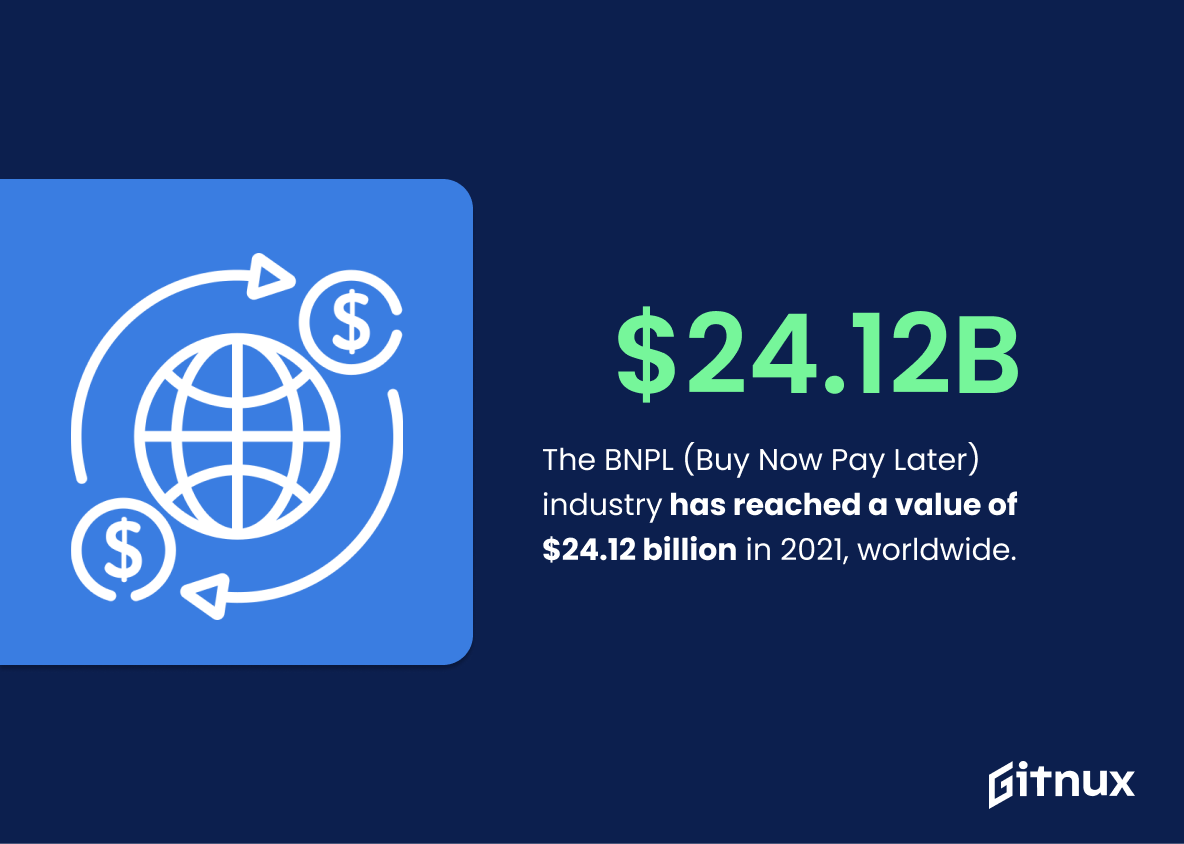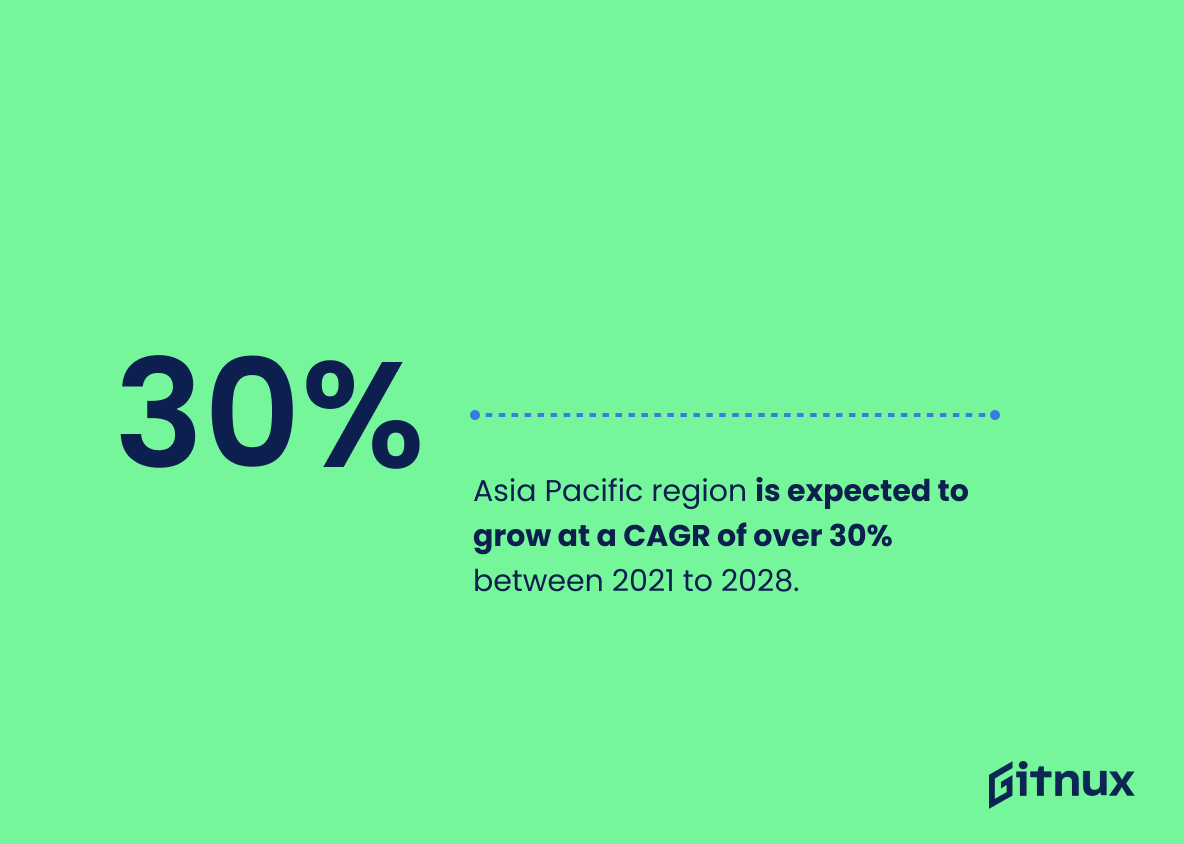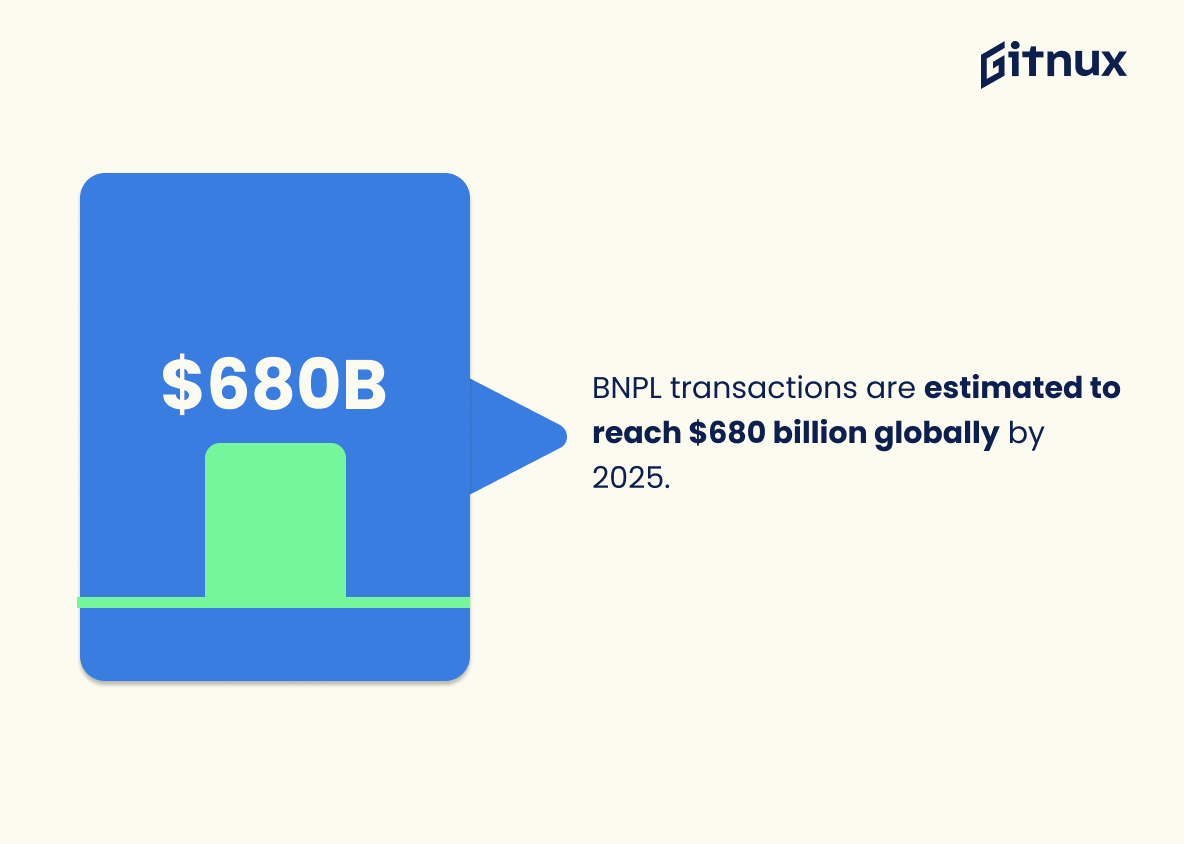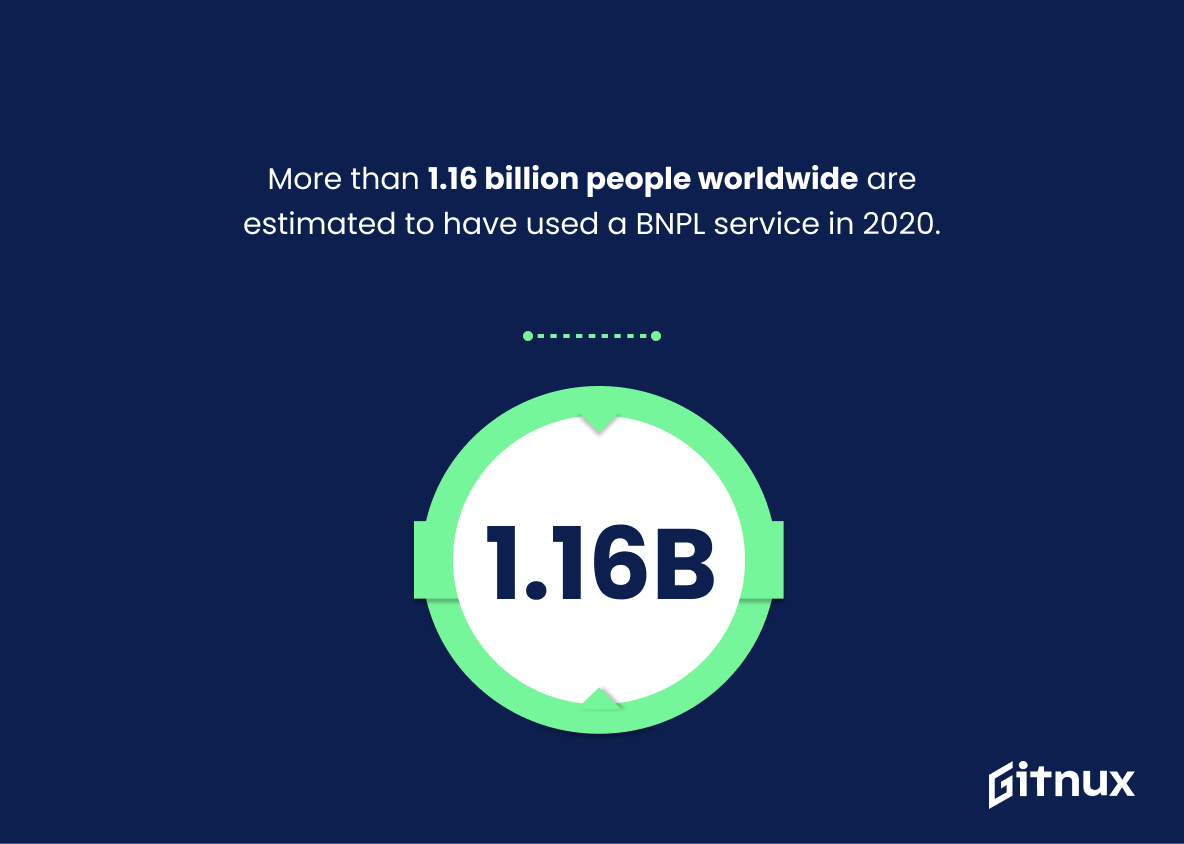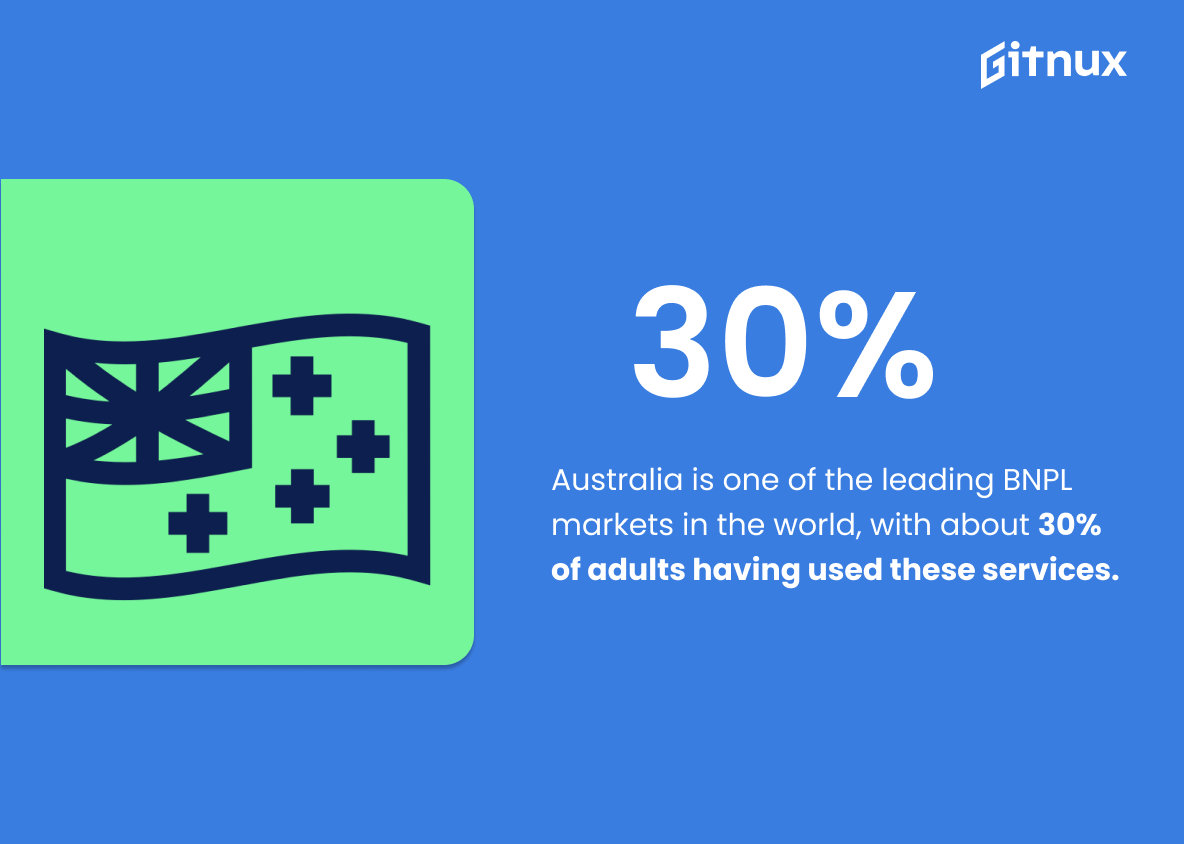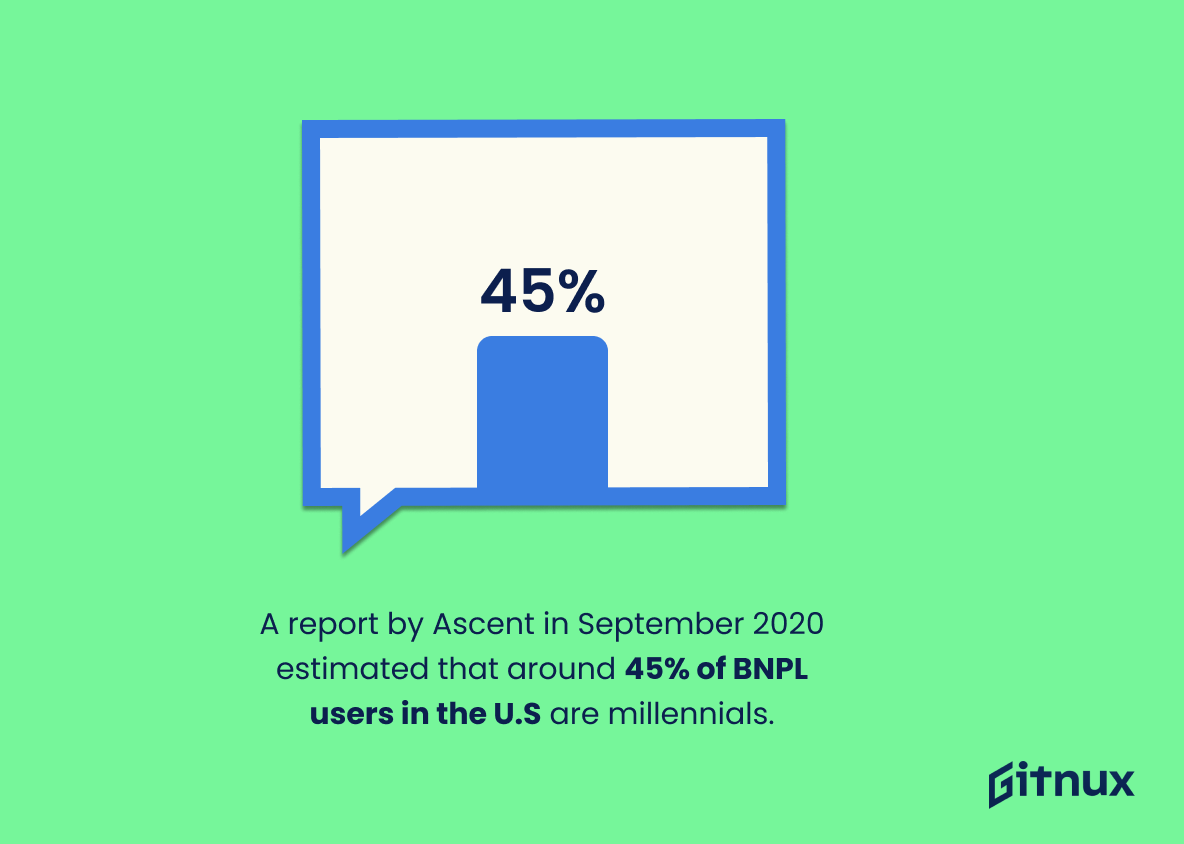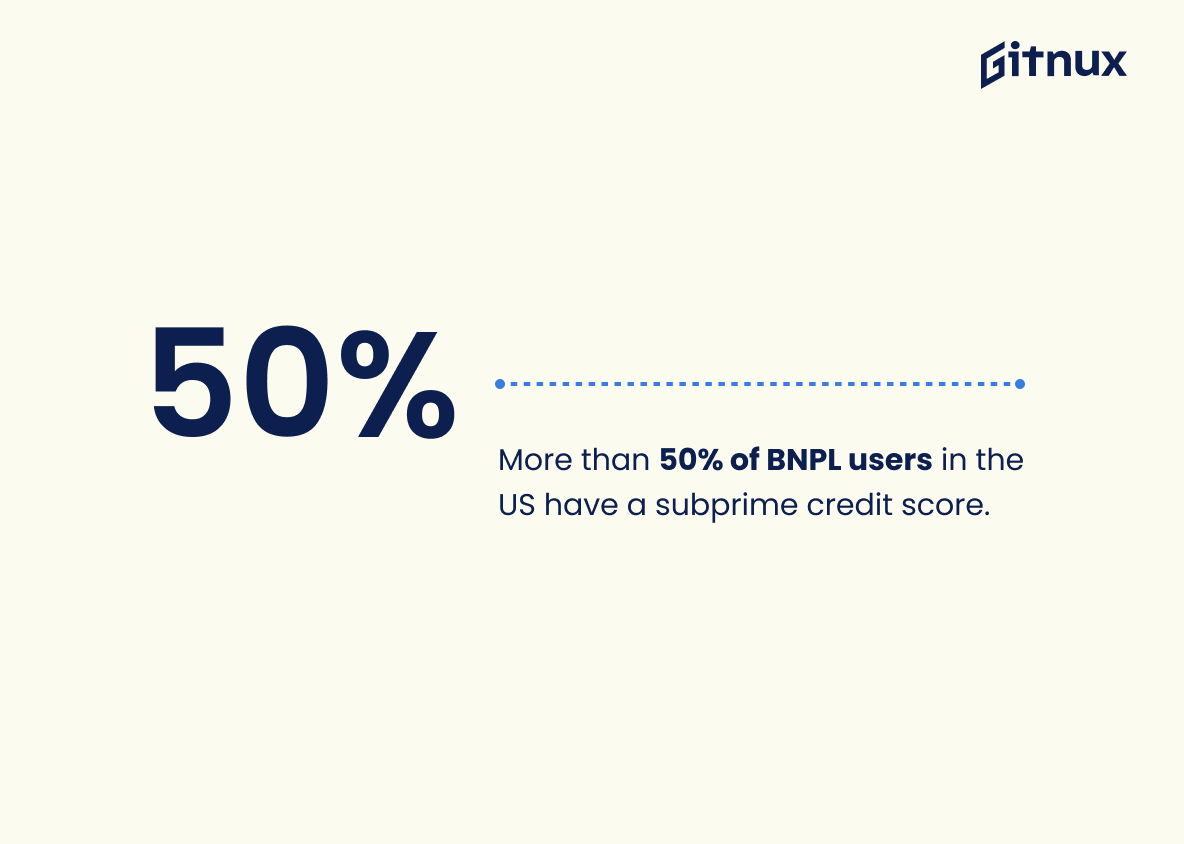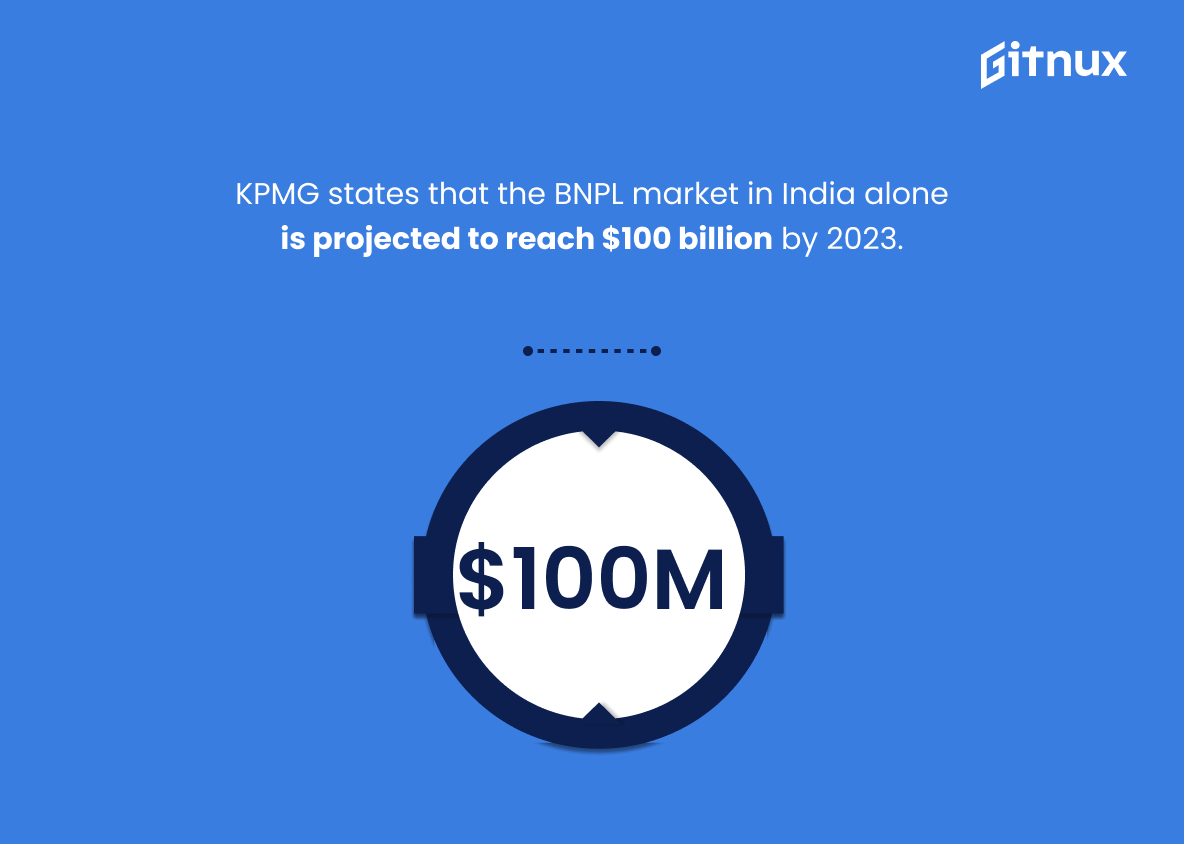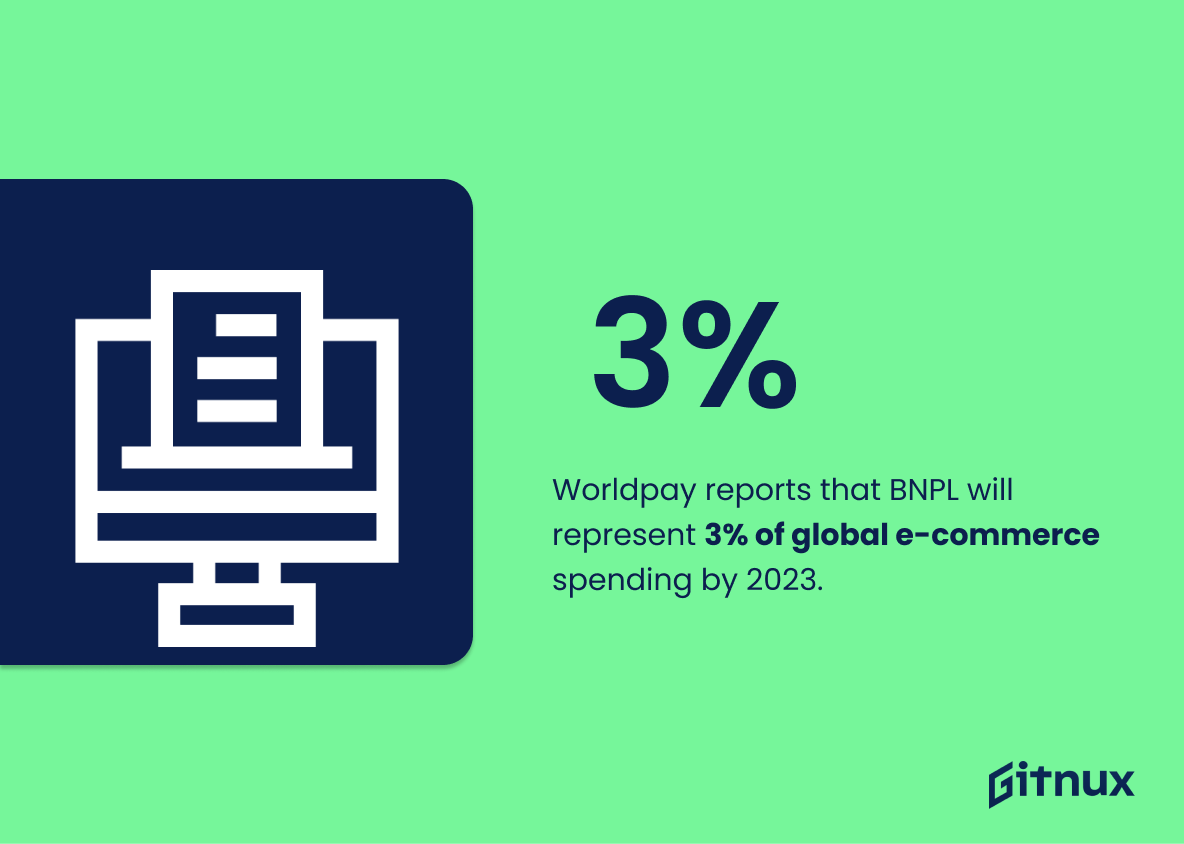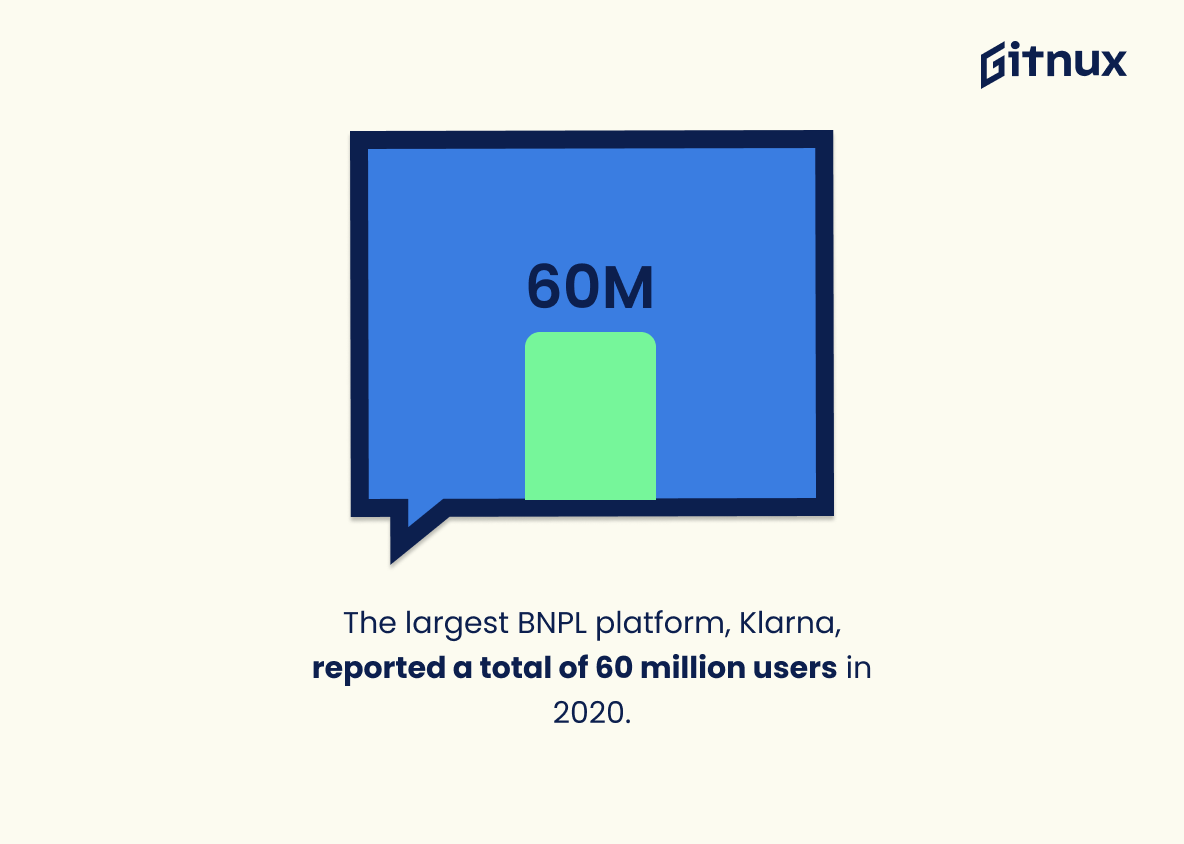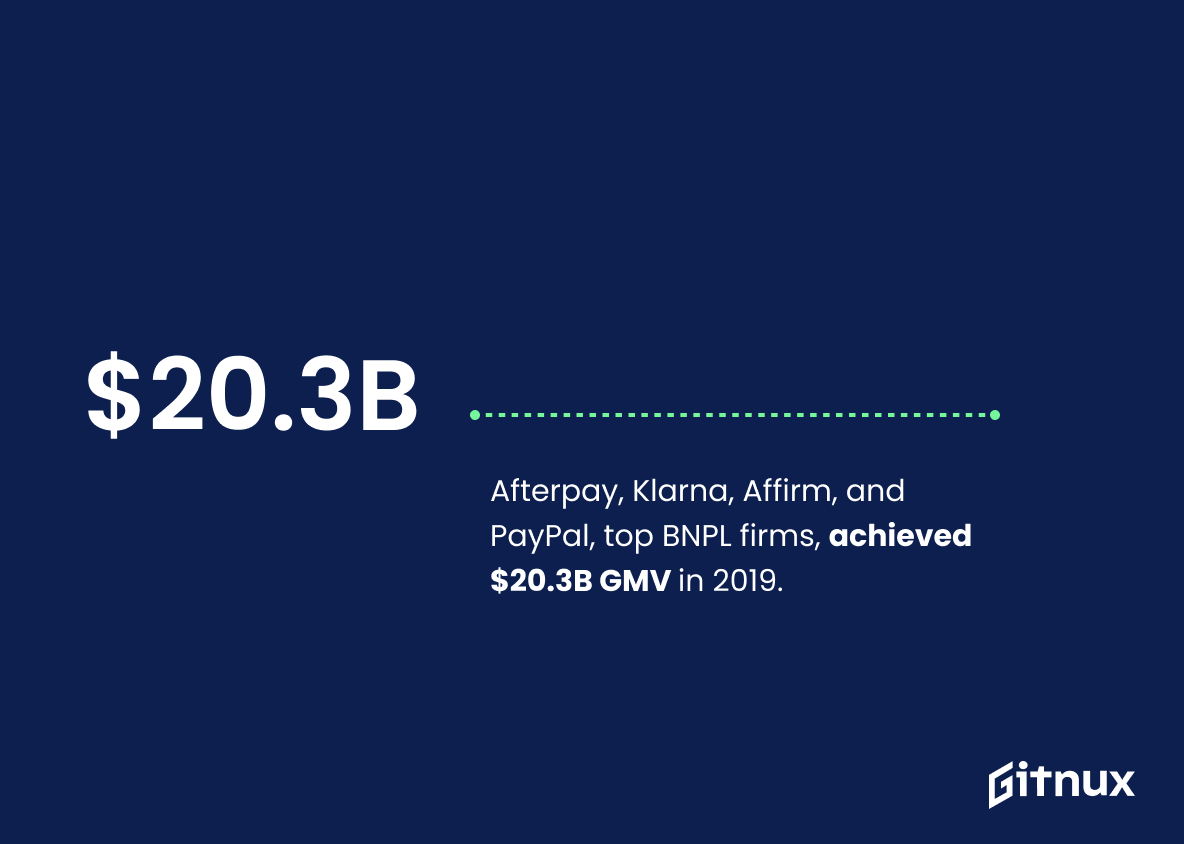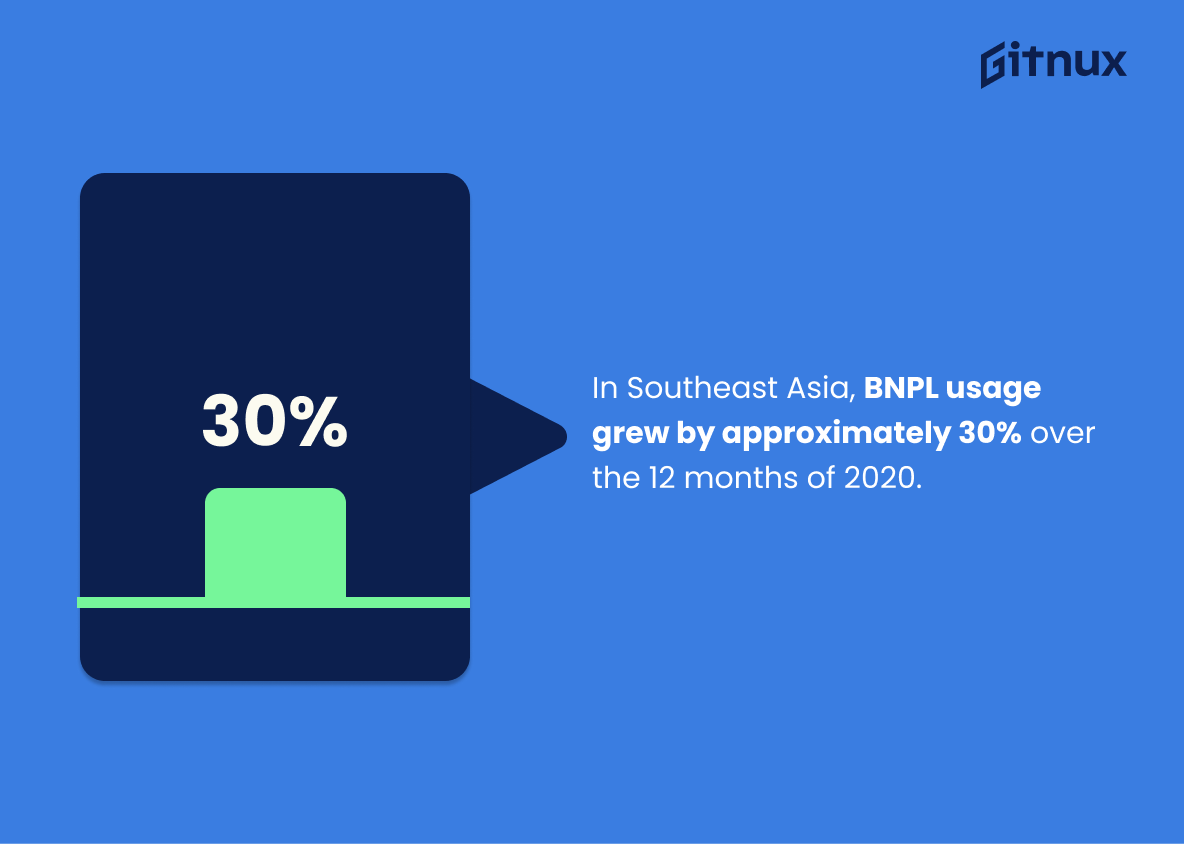Embarking on a journey within the burgeoning realm of e-commerce entails understanding the intricacies of numerous financial possibilities that facilitate smooth digital transactions. Among these, the “Buy Now Pay Later” (BNPL) approach has emerged as a groundbreaking alternative to traditional payment methods. As the BNPL industry continues to expand, it paves the way for transformative consumer purchasing experiences and unsurprisingly, stimulates intriguing statistical data. This blog post delves into the realm of BNPL industry statistics, shedding light on the invincible growth trajectory and significant trends shaping the future of digital commerce.
The Latest Bnpl Industry Statistics Unveiled
The BNPL (Buy Now Pay Later) industry has reached a value of $24.12 billion in 2021, worldwide.
Unveiling the robust growth of the BNPL industry, the figure – a striking $24.12 billion in 2021- shows a transformative trend in global consumer behavior. This statistic vividly paints a picture of skyrocketing consumer trust in BNPL services worldwide. For readers, this impressive figure presents a profound understanding of the financial muscle underlying the industry, its potential for future growth, and its increasing relevance in the evolving e-commerce landscape. Furthermore, it highlights the immense opportunities for consumers, investors, and businesses within this burgeoning sector. This steers the blog post content, fostering an insightful dialogue about the momentum, size, and impact of the BNPL industry on the world economy.
It is predicted to have a CAGR (Compound Annual Growth Rate) of 22.4% from 2021 to 2028.
Highlighting the projected Compound Annual Growth Rate (CAGR) of 22.4% from 2021 to 2028 magnifies the accelerating growth trajectory within the Buy Now, Pay Later (BNPL) industry. This percentage sagely indicates that the BNPL sector isn’t just blossoming, but catapulting forward at a remarkable pace—in a financial relay race of sorts, it’s not just keeping pace with the rest, but sprinting ahead. For readers, this figure paints a vivid picture of a lucrative, fast-evolving landscape with immense potential for dynamism and innovation. The CAGR forecast can serve as a beacon for investors, an influential factor for market stakeholders, or a catalyst for consumers considering the shift towards flexible payment solutions. Hence, in the constellation of BNPL industry statistics, this one shines particularly bright.
Asia Pacific region is expected to grow at a CAGR of over 30% between 2021 to 2028.
The prediction of a 30% CAGR for the Asia Pacific region from 2021 to 2028 paints a vivid picture of the astonishing potential held within the BNPL (Buy Now Pay Later) industry. It’s akin to spotting a colossal wave while surfing, an indicator of a remarkable ride ahead. This statistic underlines the mounting influence of the Asia Pacific market, promising a seismic shift in the BNPL landscape. Therefore, for industry players, this statistic signals the necessity to fine-tune their strategies, ensuring they’re primed to ride the wave and not miss the remarkable growth opportunities lying ahead. For investors and stakeholders, it offers an enticing prospect; the region is rapidly emerging as a lucrative frontier in the BNPL sphere, ripe for investment and expansion.
BNPL transactions are estimated to reach $680 billion globally by 2025.
Delving into the breadth of the BNPL, or Buy Now Pay Later, industry, we come across a staggering prediction. It’s anticipated that by 2025, BNPL transactions will catapult to a whopping $680 billion globally. This matter-of-fact number not only puts into perspective the tremendous growth trajectory of this industry, but it also underscores the unprecedented adoption rate among consumers. It’s like a beacon drawing attention to the shift in consumer payment preference and the potential revenue opportunities that businesses can tap into. This amplifies the significance of BNPL and its impending influence on e-commerce and financial sectors worldwide. Hence, businesses, financial advisers, and even consumers need to keep their fingers on the pulse of this evolving industry.
More than 1.16 billion people worldwide are estimated to have used a BNPL service in 2020.
In painting a vivid landscape of the flourishing BNPL (Buy Now, Pay Later) industry, it’s eye-opening to see how 1.16 billion people around the globe embraced this service in 2020. This pinnacle figure doesn’t just showcase a global trend; it’s a testament to how the BNPL concept has dissolved borders, resonating with diverse cultures, economies, and consumer behaviors. As the BNPL industry spirals upward, a glance at these soaring numbers is akin to witnessing a space shuttle’s liftoff, signifying the industry’s extraordinary momentum and potential. Certainly, this globe-spanning engagement elevates thoughts about the outreach, acceptance, and adaptability of BNPL, serving as a measuring stick of market traction, consumer trust, and future growth potential. The resonance of this number in a blog post about BNPL Industry Statistics is akin to spotlighting the star performer on a grand stage.
Australia is one of the leading BNPL markets in the world, with about 30% of adults having used these services.
Highlighting that Australia ranks as a top contender in the global Buy Now Pay Later (BNPL) industry offers a key insight into the dynamic landscape of flexible payment options. With nearly a third of the adult population adopted BNPL services, it underscores that these alternatives to traditional credit are not merely passing trends, but transformative financial instruments gaining mainstream traction. Moreover, it underpins the importance and potential profitability of the Australian market within the BNPL industry. This nugget of information indicates the trajectory and growth potential of BNPL, especially for industry stakeholders considering expansion into or investing within the Australian market.
A report by Ascent in September 2020 estimated that around 45% of BNPL users in the U.S are millennials.
Depicting insights into the demographic makeup of the BNPL (Buy Now, Pay Later) service users, the Ascent’s September 2020 report delineates an intriguing trend; approximately 45% of BNPL adherents in the U.S belong to the millennial generation. Nestled within the data’s crux, there’s an intrinsic significance when considering a Blog post focusing on BNPL industry statistics.
Firstly, it renders a vivid demographic profile that accentuates millennials as a major drafter of BNPL services. This, therefore, implies that marketing strategies focused distinctly on this demographic delineation could potentially engage almost half of the market share.
Furthermore, recognizing that millennials are a significant user group enables industry players to better tailor their services, considering factors such as tech-savviness, online buying preferences, and aversion to traditional credit that this particular audience segment is known for. Consequently, millennial-oriented service developments or enhancements can be streamlined to maintain or boost their market dominance.
Lastly, it provides a vantage point to track and predict industry trajectory, in correlation with millennial economic behavior, financial health, and general trends. After all, the financial movement of a generation that forms a hefty percentage of the service users will undoubtedly mirror onto the industry’s performance grid. Clearly, the 45% isn’t just a number; it’s an industry compass, direction wheel, and improvement sketchpad.
More than 50% of BNPL users in the US have a subprime credit score.
Delving into the realm of BNPL, or “Buy Now Pay Later”, industry statistics, the fact that over half of BNPL users in the US possess a subprime credit score presents a significant insight. This revelation highlights the pivotal role of BNPL options in providing an alternative financial path for those with less than stellar credit histories.
The statistic paints a multifaceted picture of this industry’s crucial role. It indicates BNPL’s potential in bridging financial gaps, making it a popular choice for those with subprime credit scores, who may struggle with traditional credit approvals. Furthermore, it suggests, perhaps, a fragility within the sector due to the high probability of default among subprime scorers. Understanding these intricacies can help BNPL service providers tailor their strategies for managing potential risks and maximize their services’ inclusivity, aiding in the growth and sustainability of the industry.
Goldman Sachs predicted that BNPL adoption in the US could potentially rise to 83% by 2025.
The forecast from Goldman Sachs, a global leader in investment banking, injects a potent sense of optimism for the BNPL industry. Painting a future where the BNPL adoption could possibly sweep up to 83% in the US by 2025, this prediction creates a vibrant canvas of growth and advancing ubiquity of this financial service. As we navigate through the waters of BNPL Industry Statistics, this prophecy becomes our compass, indicating not just a possible trend, but the velocity and direction in which this industry might cruise towards expansive adoption. Hence, it forms a significant beacon in our understanding of the industry’s potential revolution, offering insights into strategic planning, investment opportunities and potential market domination.
KPMG states that the BNPL market in India alone is projected to reach $100 billion by 2023.
Imagine holding a treasure map that points towards a hidden chest of gold, waiting to be discovered. The KPMG projection of the BNPL (Buy now, pay later) market reaching $100 billion by 2023 in India alone, functions as such an invaluable map for stakeholders within the BNPL industry. It vividly makes a case for the enormous growth potential and expanding financial opportunity of the BNPL sector. As we navigate through the details in a blog post on BNPL industry statistics, this KPMG finding helps define the impressive scale and speed of this industry’s evolution, anchoring our understanding in robust, numerical precision. It serves as a beacon for where the industry is headed, guiding investment decisions, business strategies, and even policy-making in the expanding buy now pay later landscape.
Worldpay reports that BNPL will represent 3% of global e-commerce spending by 2023.
Painting a vivid picture of the Buy Now, Pay Later (BNPL) industry’s forecast, the highlighted statistic underscores the sheer magnetism of this payment model. Worldpay’s forecast of BNPL making up 3% of the global e-commerce spending speaks volumes about the rapidly inflating sphere of influence of BNPL. By 2023, it’s not just a tantalizing trend, but an integral arm in the global financial framework. In the context of a blog post about BNPL Industry Statistics, this momentous projection creates a precedent for understanding the market’s trajectory. As signals of evolving consumer behavior patterns and changing retail landscapes become increasingly apparent, this statistic serves as a crucial beacon, illuminating the path for myriad opportunities and strategies within the burgeoning BNPL industry.
The largest BNPL platform, Klarna, reported a total of 60 million users in 2020.
Highlighting Klarna’s user base, which reportedly reached an impressive 60 million in 2020, dramatically illustrates the burgeoning potential and growth of the ‘Buy Now, Pay Later’ (BNPL) sector. It serves as a cogent anchor point to underscore the industry’s compelling traction, witnessing millions of consumers leveraging BNPL solutions for their purchasing needs. Furthermore, it starkly represents the striking position of Klarna as an industry behemoth, setting a formidable benchmark for competitors in an intensively evolving market landscape. Structuring the blog post around this statistic gives the reader a clear snapshot of the scope and scale of the BNPL industry, ultimately offering an impactful lens to view and understand the sector’s evolution.
The leading BNPL companies in the world – Afterpay, Klarna, Affirm and PayPal – totaled around $20.3 billion in annual Gross Merchandise Volume in 2019.
The sheer magnitude of the $20.3 billion annual Gross Merchandise Volume in 2019, orchestrated by the front-runners of the BNPL industry – Afterpay, Klarna, Affirm, and PayPal – is a resounding testament to the sweeping transformation in the world of retail financing. This pioneering statistic acts as a robust pulse-check, highlighting not just the growth magnitude, but the trust and acceptance consumers have bestowed onto the Buy Now, Pay Later services. It offers a convincing narrative of the industry’s dynamism, pointing towards its impending influence on the global economic fabric and the potential opportunities that lie therein for investors, service providers, and consumers alike.
In Southeast Asia, BNPL usage grew by approximately 30% over the 12 months of 2020.
Exploring the hinterlands of the Buy Now, Pay Later Industry, this striking surge in BNPL usage within Southeast Asia, a leap of about 30% growth recorded in the span of 2020, provides a telling sign of exciting trends in consumer behavior and market evolution. It becomes the beating heart of discussion for our blog post on BNPL Industry Statistics, illuminating a prolific growth in this sector across emerging markets. This data point not only underscores the rising acceptance and popularity of BNPL models but also vividly paints the picture of an emerging financial revolution. It’s akin to pointing at a giant footprint in the digital commerce landscape, hinting at the potential giant strides this industry is poised to make in the future.
Conclusion
The Buy Now Pay Later industry has shown significant growth and transformation, as evidenced by the given statistics. Technological innovation and changing consumer behavior have propelled the BNPL model into mainstream finance. The industry is enriching customer experiences, revolutionizing online shopping, and disruptively shaping the future of digital payments. However, it’s critical that users understand the terms and conditions to avoid unexpected financial obligations. Building awareness and financial education should go hand in hand with the industry’s phenomenal expansion journey. The future of the BNPL industry indeed looks promising, but its sustainability will hinge upon maintaining a balance between commercial success and customer wellbeing.
References
0. – https://www.www.channelnewsasia.com
1. – https://www.www.businesswire.com
2. – https://www.www.skyradar.com
3. – https://www.home.kpmg
4. – https://www.www.businessinsider.com
5. – https://www.www.businessofapps.com
6. – https://www.www.fisglobal.com
7. – https://www.www.grandviewresearch.com
8. – https://www.www.pymnts.com
9. – https://www.www.klarna.com
10. – https://www.www.savings.com.au
11. – https://www.www.fool.com
